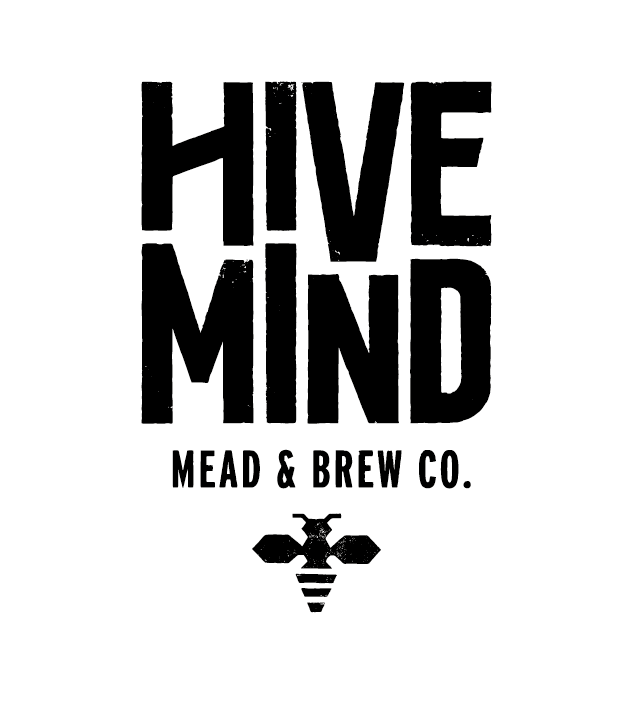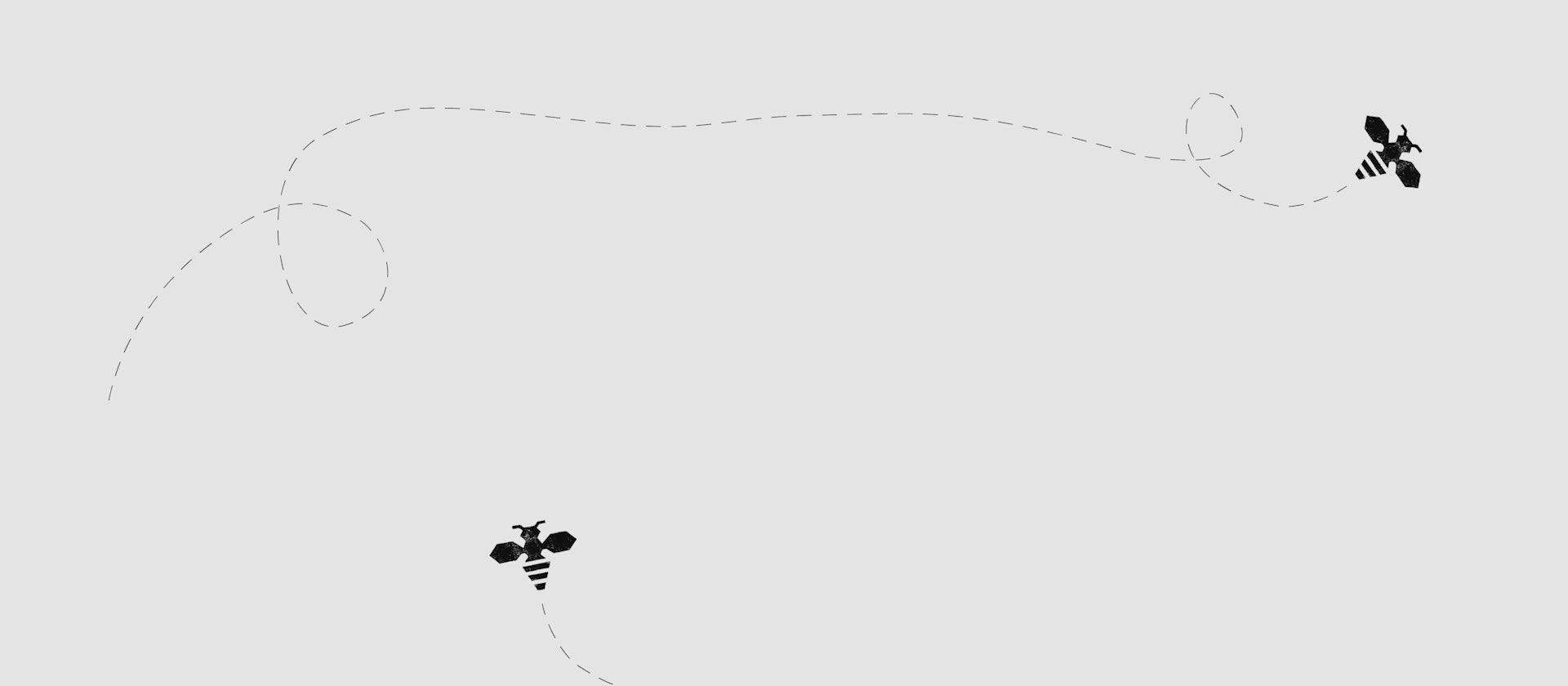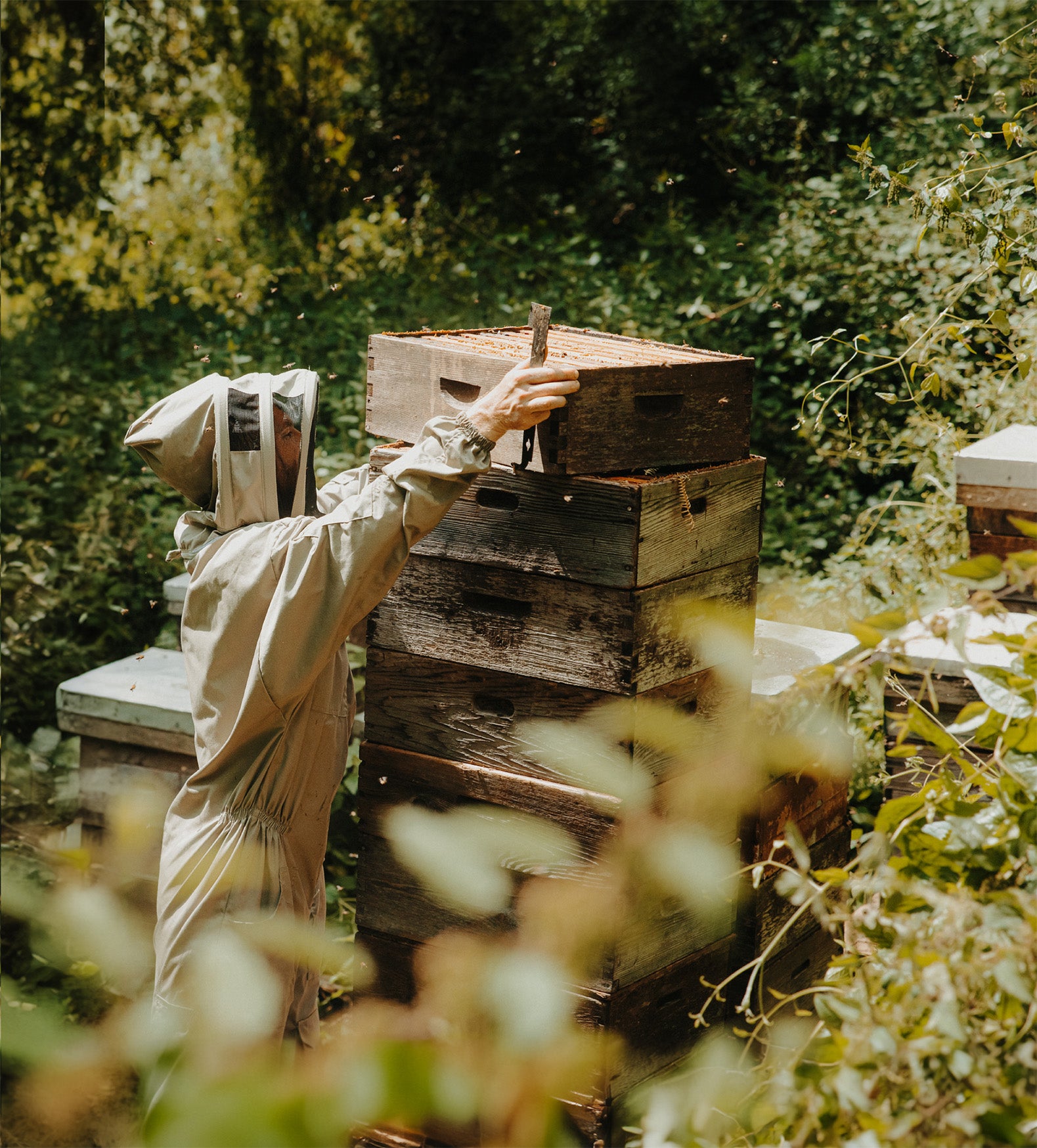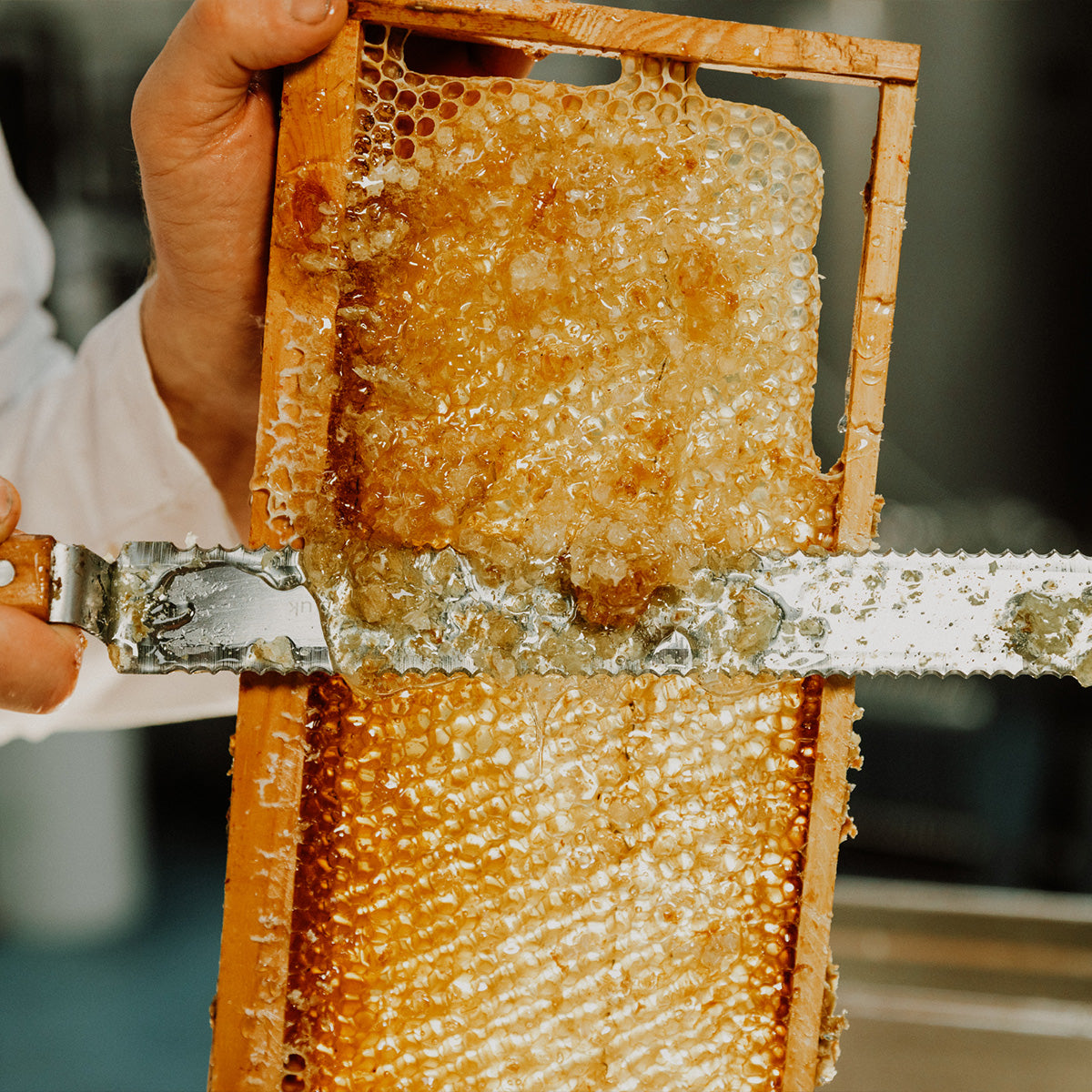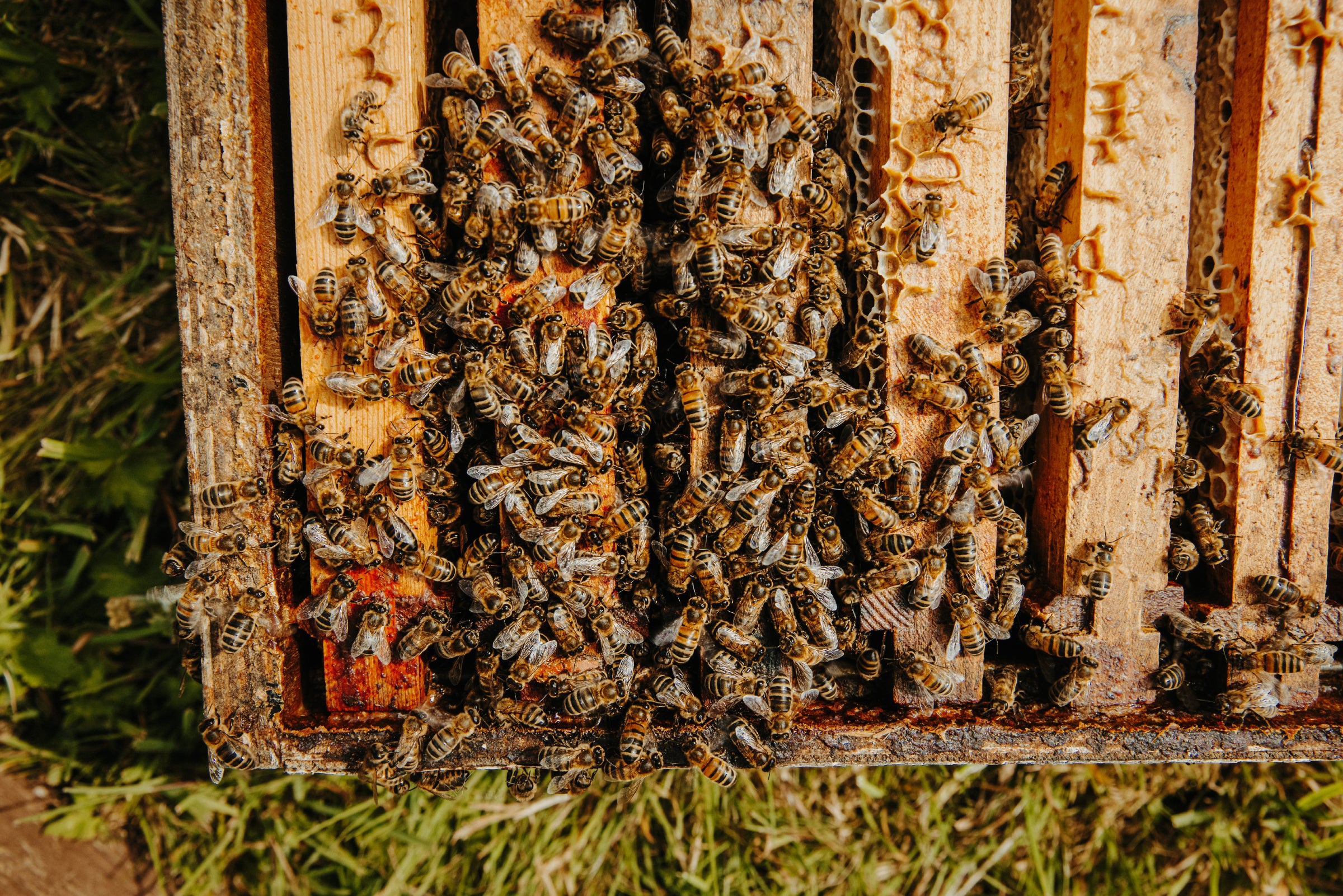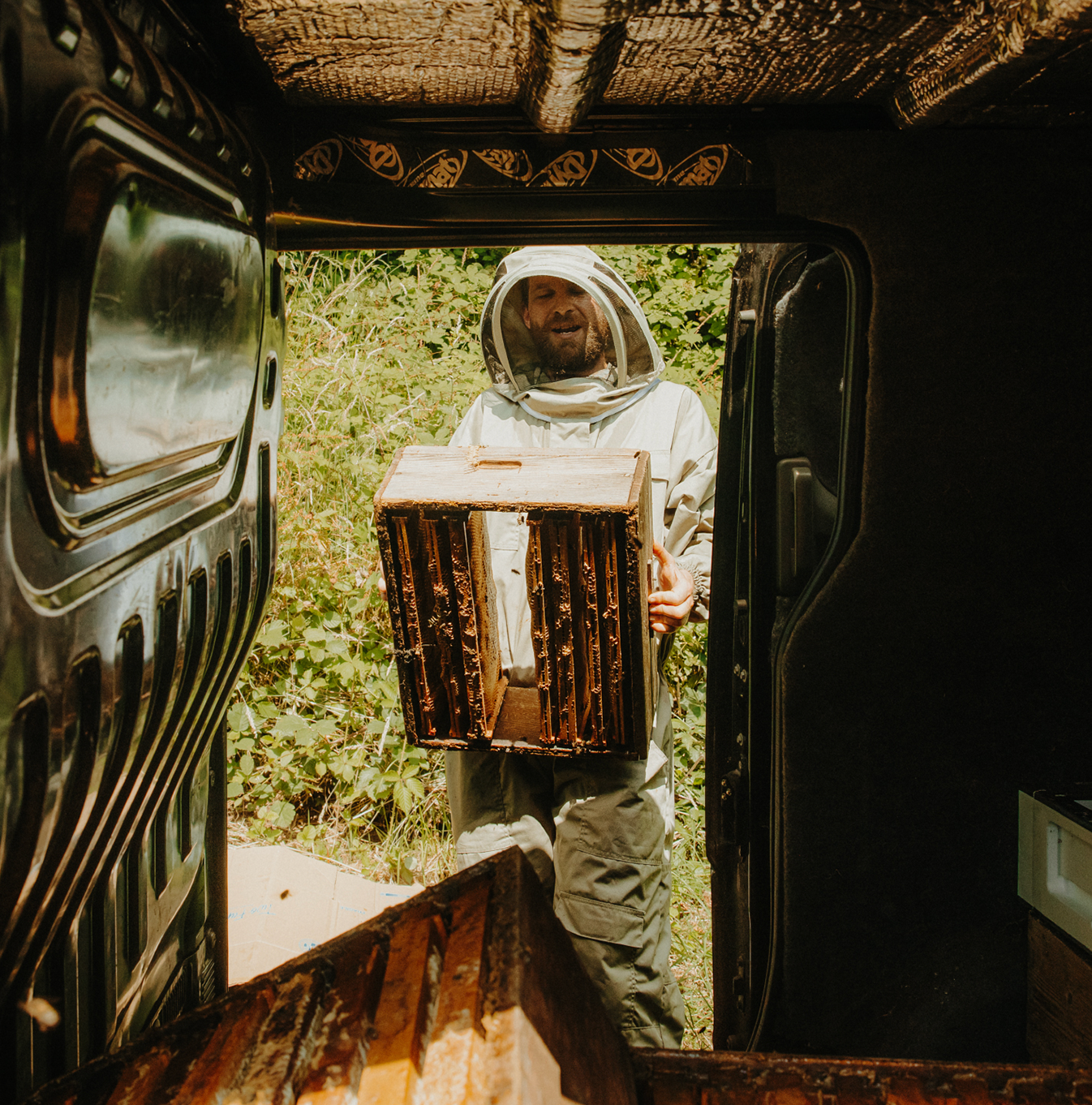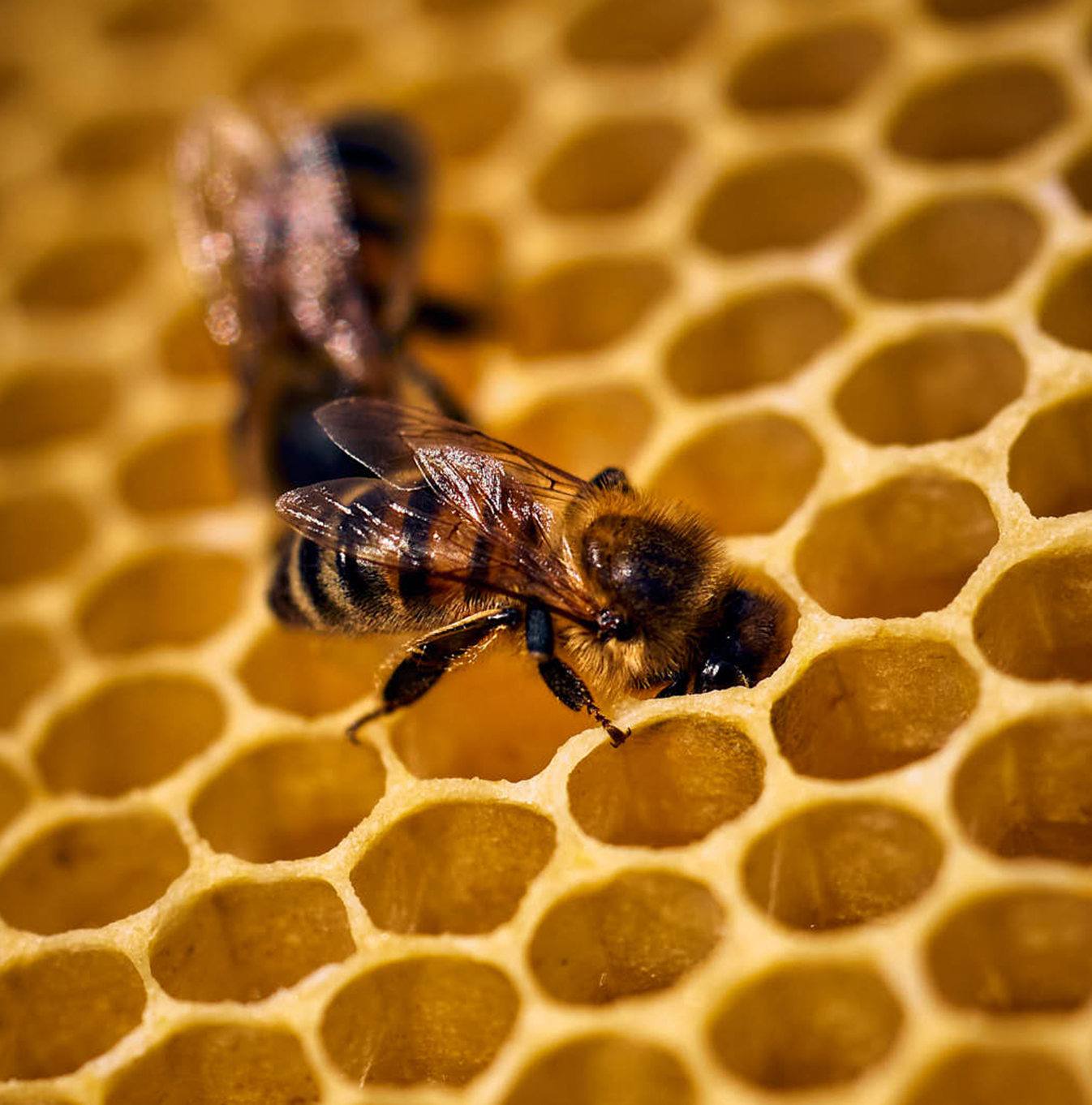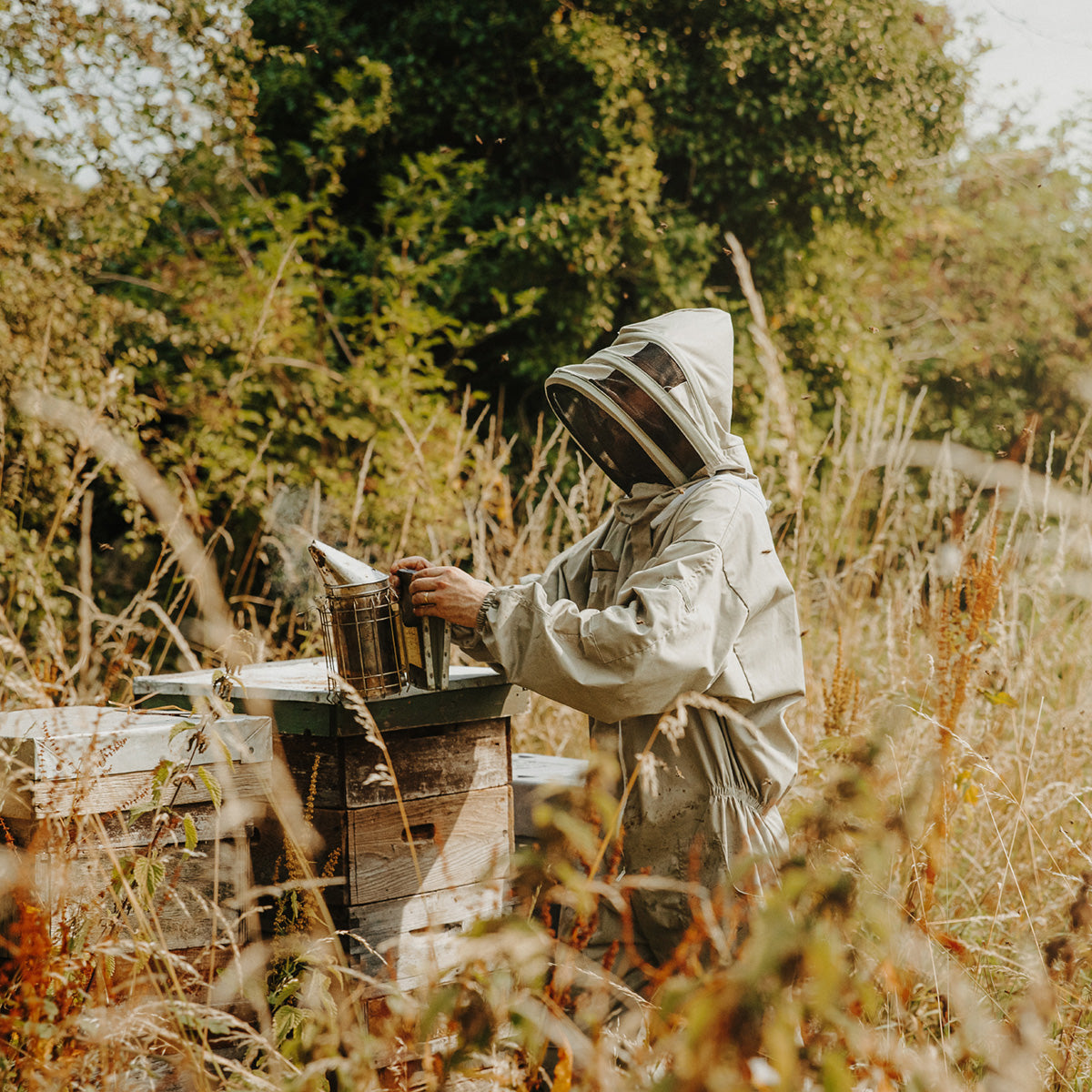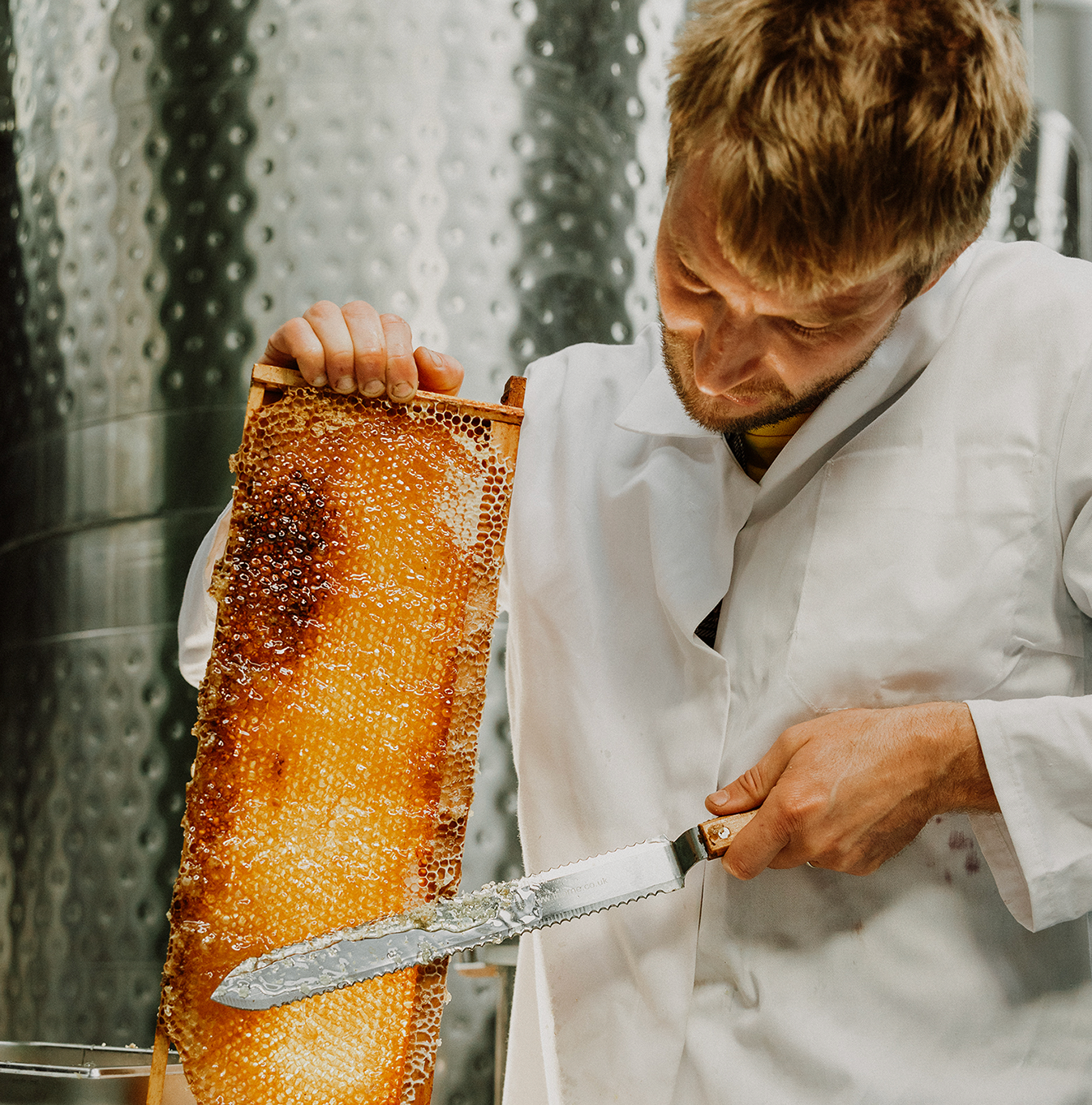BEEKEEPING 101.
Whether you're a seasoned beekeeper or just starting out, you'll find everything you need to nurture healthy, thriving hives. Explore expert tips, essential gear, and in-depth guides to help you succeed in this rewarding hobby.
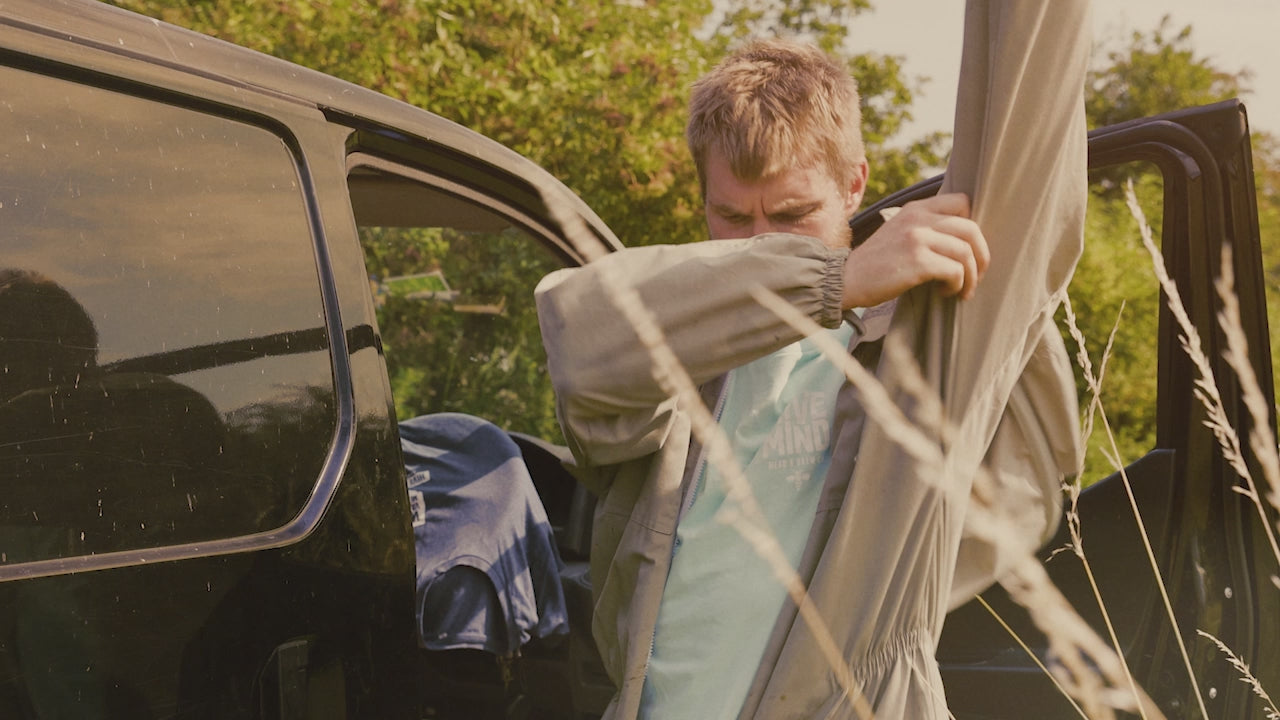
maintaining a thriving hive.
Taking care of bees in beekeeping involves more than just setting up a hive; it requires a careful and attentive approach to ensure the health and productivity of the colony. Beekeepers must regularly inspect hives to monitor for signs of disease, pests, and the overall well-being of the bees. Proper hive management includes providing adequate space for the colony to grow, ensuring they have enough food, and protecting them from environmental stressors like extreme weather or pests.
Beekeepers also play a critical role in preventing swarming by managing hive conditions and possibly dividing strong colonies when necessary. By maintaining a healthy, thriving environment, beekeepers help support the bees’ natural processes, enabling them to produce honey and contribute to the broader ecosystem through pollination.
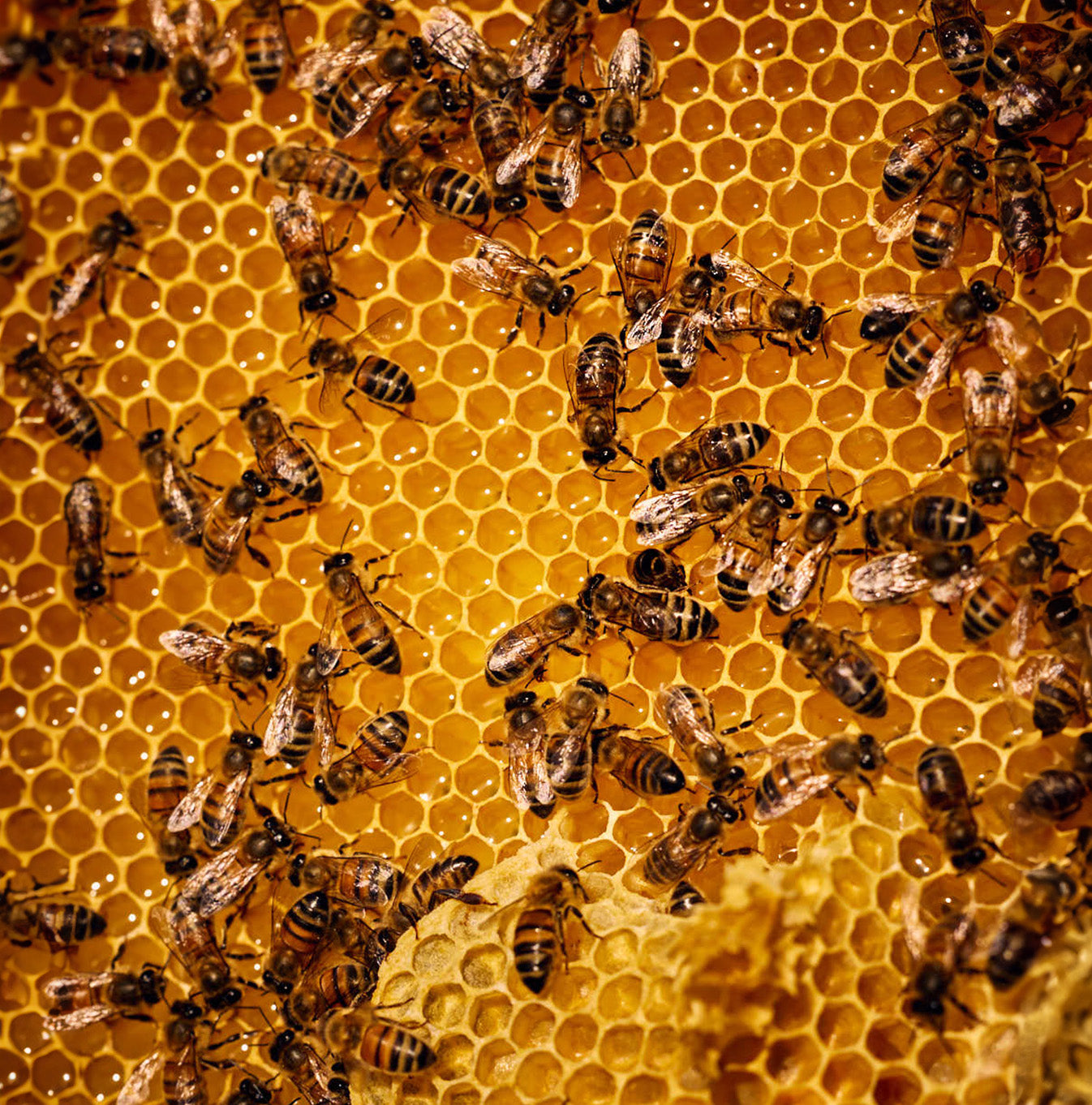
how are bees vital?
Bees are vital to the ecosystem and human survival due to their crucial role in pollination. As pollinators, bees facilitate the reproduction of many plants by transferring pollen from one flower to another, enabling the production of fruits, seeds, and vegetables. This process is essential for the growth of about 75% of the world's flowering plants and nearly 35% of global food crops, including many fruits, nuts, and vegetables that are staples in human diets.
Beyond food production, bees contribute to the health of ecosystems by supporting biodiversity; many plants that provide habitat and food for other wildlife depend on bee pollination. The decline of bee populations due to factors like habitat loss, pesticide use, and climate change poses a significant threat to global food security and environmental balance, making the protection and preservation of bees critical for sustaining life on Earth.
Beekeeping FAQs.
How do I choose the right location for my hive?
Things to consider are:
- Sunlight: A location with morning sunlight is ideal, as it helps bees start foraging early.
- Shelter: Avoid areas with strong winds or excessive moisture. Provide some shade in very hot climates.
- Accessibility: Ensure you have easy access to the hive for regular inspections.
How often should I inspect my hive?
Inspect your hive every 7-10 days during the active season (spring and summer) to check for signs of disease, signs of swarming, the presence of the queen, and honey production. During winter, inspections are less frequent and you are mainly checking they have enough food stores, and the location has not become too exposed, cold or damp.
How do I know if my hive is healthy?
Signs of a healthy hive include:
- Active queen: Presence of eggs and larvae.
- Consistent brood pattern: Evenly spaced capped cells.
- Plenty of bees: A strong population with bees actively foraging.
- No signs of disease: Absence of pests like Varroa mites or symptoms of diseases like foul-brood.
How do I prevent swarming?
Swarming occurs when a colony becomes too large for their space. The bees will raise a new queen and depart with between 50-70% of the bees with the old queen to form a new hive. This is sad news for the beekeeper as neither the old colony, or the new one will be strong enough to produce a full size crop of honey during that season. The colony that has left the hive also has an 80% chance of not making it through the next winter as they may not find an ideal location and not have time to lay down enough honey stores. Prevent it by:
- Regularly checking for new queen cells. These are new queens being raised in preparation for swarming.
- Ensuring enough space in the hive by adding additional space to store honey (these are called 'supers'). During the spring / summer the bees will be bringing in lots of additional nectar to process into honey, this takes up a lot of space until they have dehydrated it into honey.
- Splitting strong colonies to reduce overcrowding. If you are not too worried about maximising your honey production for the year, rather than adding extra space, and removing queen cells (supers), you could divide the colony by moving half of them to a new hive, ideally with an almost hatched queen cell.
What should I do if my bees swarm?
If your bees swarm, you can try to capture the swarm and place it in a new hive. Use a swarm box or simply scoop the swarm into a new hive. Swarming bees will settle nearby whilst they send out scouts looking for a suitable place to set up a new home. When they are doing this, whilst the sight of this can be overwhelming, they are not aggressive as they have no home or honey to defend.
It is usually a good plan to position 'bait hives' nearby to your apiary with the hope that the bees will settle in there when looking for a new home. You might also catch any other neighbourhood swarms that have come from a wild hive, or another beekeeper.
How much honey will I get from one hive?
Honey production varies widely depending on the strength of the colony and the availability of nectar. On average, a full size healthy production hive can produce 30 to 60 pounds of honey per year.
How do I harvest honey?
In the UK there are two times to harvest honey, a spring crop, and a summer crop. Honey is typically harvested at the end of the flowering season. We use a centrifugal extractor to spin honey from the frames, then strain it to remove any wax or debris. Your local beekeeping club may have communal use equipment.
Do I need to feed my bees?
Feeding can be necessary if the bees have run out of food during the months when they are not bringing in honey. The entire reason bees make honey is to keep them fed during the winter as they over-winter with a large colony, unlike other bee species like bumblebees for example who over-winter as a single queen.
There are a large number of reasons why a hive might need intervention:
- A smaller / weaker colony might be one that swarmed late and therefore didn't have time to bring in enough honey stores.
- It might be that the queen bee was laying a lot of drone (male) bees which did not harvest honey.
- It could be that pests such as wasps were robbing the hive of honey / killing the bees during the late summer / autumn.
- Harvesting honey too late might not give the bees enough time to replenish their honey.
It is usually a good idea to leave the late summer / autumn honey crop on the hive to reduce the risk of needing to feed over winter.
Feeding bees is a sensitive subject amongst beekeepers, most agree it is better to intervene rather than letting a hive starve, but good beekeeping practices can prevent the need to feed.
Blog posts.
Why Mead and Cheese Are the Perfect Pairing (Better Than Wine, Port, or Cider)
When it comes to cheese pairings, wine has long been the obvious choice. A crisp white for soft cheeses, a bold red for the mature ones, perhaps a glass of port with blue cheese to finish. But lately, more people are discovering something even better… You’ve guessed it, it’s Mead.
Sparkling Mead in Cans: The Refreshing Way to Enjoy Mead
Is Mead Gluten-Free? Learn the Truth About Mead & Gluten
How to Drink Sparkling Mead (Cold, As a Mixer, or Over Ice)

